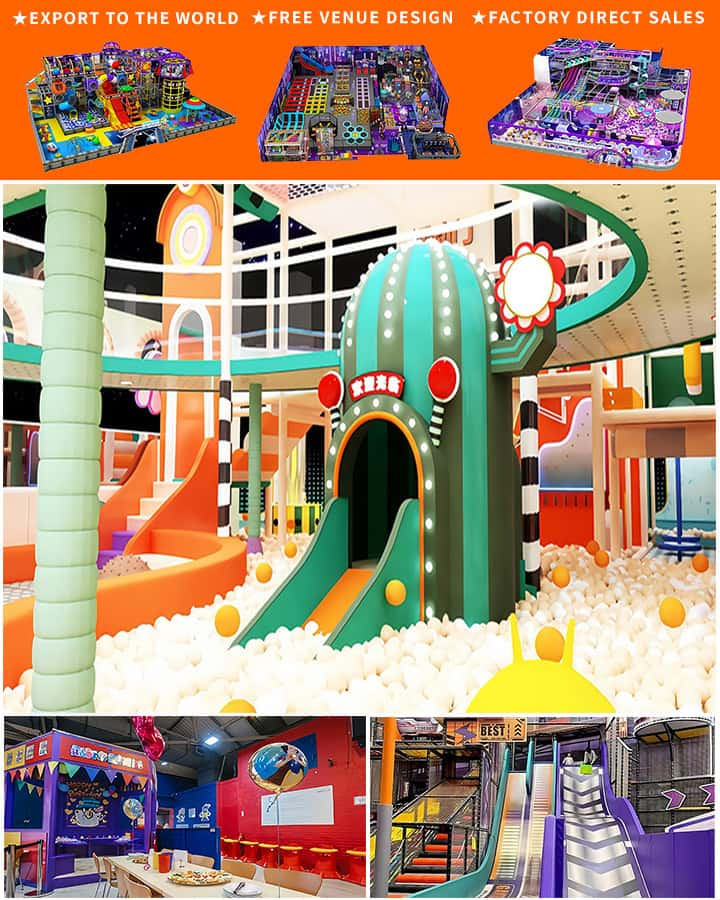For many parents, finding safe and entertaining activities for their children can be a daunting task. Indoor play areas have emerged as the perfect solution, combining fun and development in one convenient location. These specialized environments are designed with kids in mind, ensuring that every visit is a memorable adventure filled with learning and excitement.
The Benefits of Indoor Play Areas
One of the primary advantages of indoor play areas is their versatility. Unlike traditional outdoor playgrounds, which are often weather-dependent, indoor facilities offer a controlled environment that is always ready for action. This means that rainy days or extreme temperatures no longer dictate the cancellation of playtime. Children can enjoy their favorite activities year-round, promoting consistent physical and mental development.
Safety is another crucial element. Indoor play areas are typically constructed with non-toxic materials and adhere to strict safety regulations. Soft flooring, padded equipment, and well-maintained structures minimize the risk of injury, allowing parents to relax while their kids explore freely. Additionally, these spaces are often monitored by trained staff, further ensuring a secure environment.
Features That Make Indoor Play Areas Stand Out

Modern indoor play areas come equipped with a variety of features that cater to different age groups and interests. For younger children, sensory play zones with colorful lights, textures, and sounds can stimulate cognitive development. Toddlers can safely crawl, climb, and slide on age-appropriate structures designed to build motor skills and coordination.
Older kids might find more complex challenges such as climbing walls, rope courses, or trampoline parks. These activities not only provide physical exercise but also teach problem-solving and resilience. Some facilities even offer themed play areas, like pirate ships or jungle gyms, adding an extra layer of imaginative fun.
Educational Opportunities
Beyond mere entertainment, indoor play areas also serve as informal educational spaces. Many incorporate elements of STEM (Science, Technology, Engineering, Mathematics) learning through interactive exhibits and hands-on activities. Kids can engage in building blocks, puzzles, and science experiments that spark curiosity and enhance critical thinking skills.
Social interaction is another valuable aspect. Indoor play areas allow children to interact with peers, develop friendships, and learn essential social skills such as sharing, teamwork, and empathy. Group activities and structured playtimes foster a sense of community and cooperation among young visitors.
Choosing the Right Indoor Play Area
When selecting an indoor play area, it’s important to consider several factors. Look for a facility that prioritizes cleanliness and hygiene, especially in light of recent health concerns. Check reviews or ask other parents about their experiences. It’s also wise to ensure that the location offers amenities such as restrooms, changing stations, and seating areas for parents.
Many indoor play areas offer memberships or drop-in rates, providing flexibility depending on your family’s needs. Some even host special events, classes, or parties, making them a versatile venue for various occasions.
Conclusion
Indoor play areas offer a unique blend of fun, safety, and education, making them an ideal destination for kids and parents alike. Whether you’re looking to provide your child with a physical outlet, a social setting, or a learning opportunity, these spaces have much to offer. So next time the weather turns uncooperative or you’re simply seeking a change of scenery, consider taking your little ones to an indoor play area. It might just become their new favorite hangout spot.




